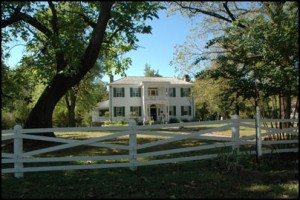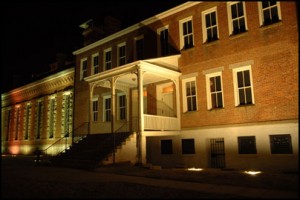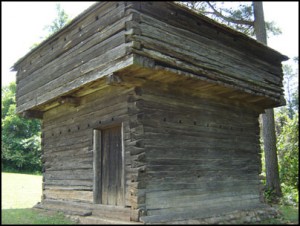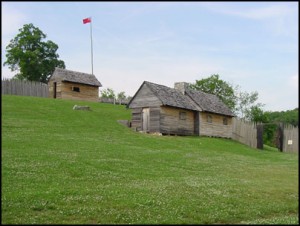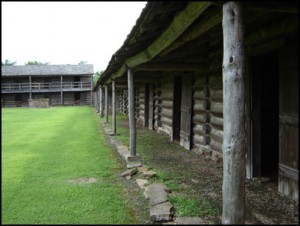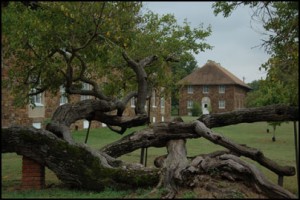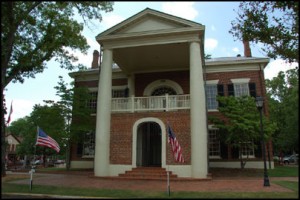Kituhwa Mound is a sacred and incredibly historic site to the Cherokee. This mound once sat at the center of the first Cherokee village — Kituhwa, which is often referred to as the “mother town of the Cherokee.” Archaeologists date the site back to nearly 10,000 years ago. Originally 15 to 20 feet tall, the
Cherokee Genealogy Queries Posted December 0
Horseshoe Bend National Military Park
The Battle of Horseshoe Bend is considered part of the War of 1812. The battle was fought between a traditionalist faction of the Creek tribe known as the Red Sticks against United States forces and Indian allies under General Andrew Jackson. The Red Sticks were part of a pan-Indian resistance against American expansionism inspired by
George Murrell Historic House
The Murrell House was built around 1845 for George and Minerva Murrell. George Murrell, a wealthy Virginia merchant, married Minerva Ross, niece of Principal Chief John Ross. The family settled in Park Hill at the time of the Trail of Tears with the Ross family. After Minerva’s death, George married her sister Amanda. The Civil
Fort Smith
When Cherokee Old Settlers arrived in present-day Arkansas, they found themselves at odds with the Osage Indians, who already occupied the territory. Wars were frequent, and tensions escalated as the number of immigrant Cherokee increased. In 1817 the western migration of Cherokee was formally recognized by the US, and the first fort at Fort Smith
Fort Marr Blockhouse
Fort Marr (also called Fort Morrow) was built in 1814 as a supply depot for troops during Andrew Jackson’s campaigns against the Creek Indians. It was later abandoned, only to be regarrissoned in 1837 for troops managing the Cherokee removal. Troops stationed at Fort Marr were tasked with collecting Cherokees from their homes in the
Fort Loudoun
Fort Loudoun was built in 1756 by the British Colony of South Carolina during the French and Indian War. The Fort was intended to counter a growing threat by the French. However, its close proximity to several Overhill Cherokee towns, including Tanasi (the namesake for Tennessee) and Tuskegee (the birthplace of Sequoyah, inventor of the
Fort Gibson
In 1824, Cantonment Gibson (renamed Fort Gibson in 1832) was built and commanded by Colonel Matthew Arbuckle as a western outpost in Indian Territory to rest the growing tension between the Osage and the Cherokees. In 1838-1839, however, the fort took on a new role as a terminus for the Trail of Tears, the forced
Dwight Mission
In 1818, Tahlonteskee, Chief of the Western Cherokee, requested the establishment of a mission in the west, to serve the Old Settlers who moved west to Indian Territory prior to the Trail of Tears. Two years later, Dwight Mission, the first American mission to the Native Americans established west of the Mississippi River, opened near
Duwali (Chief Bowles) Monument
In 1820, Duwali, Chief Bowles, led a group of Cherokee to settle in Texas. The Cherokee were welcomed by the Spanish and later the Mexican governments. During the Texas revolution in 1836, the Cherokee forged an alliance with Sam Houston, the first president of the Republic of Texas, and were granted land reserves in East
Dahlonega, Georgia
In 1828, gold was discovered near present-day Dahlonega, Georgia. This was the first major gold rush in the United States. Unfortunately, for the Cherokee, the gold was discovered on Cherokee land. The Dahlonega Gold Rush brought a huge influx of miners, as well as increased pressure from Georgia, who wanted to fully control the Cherokee


